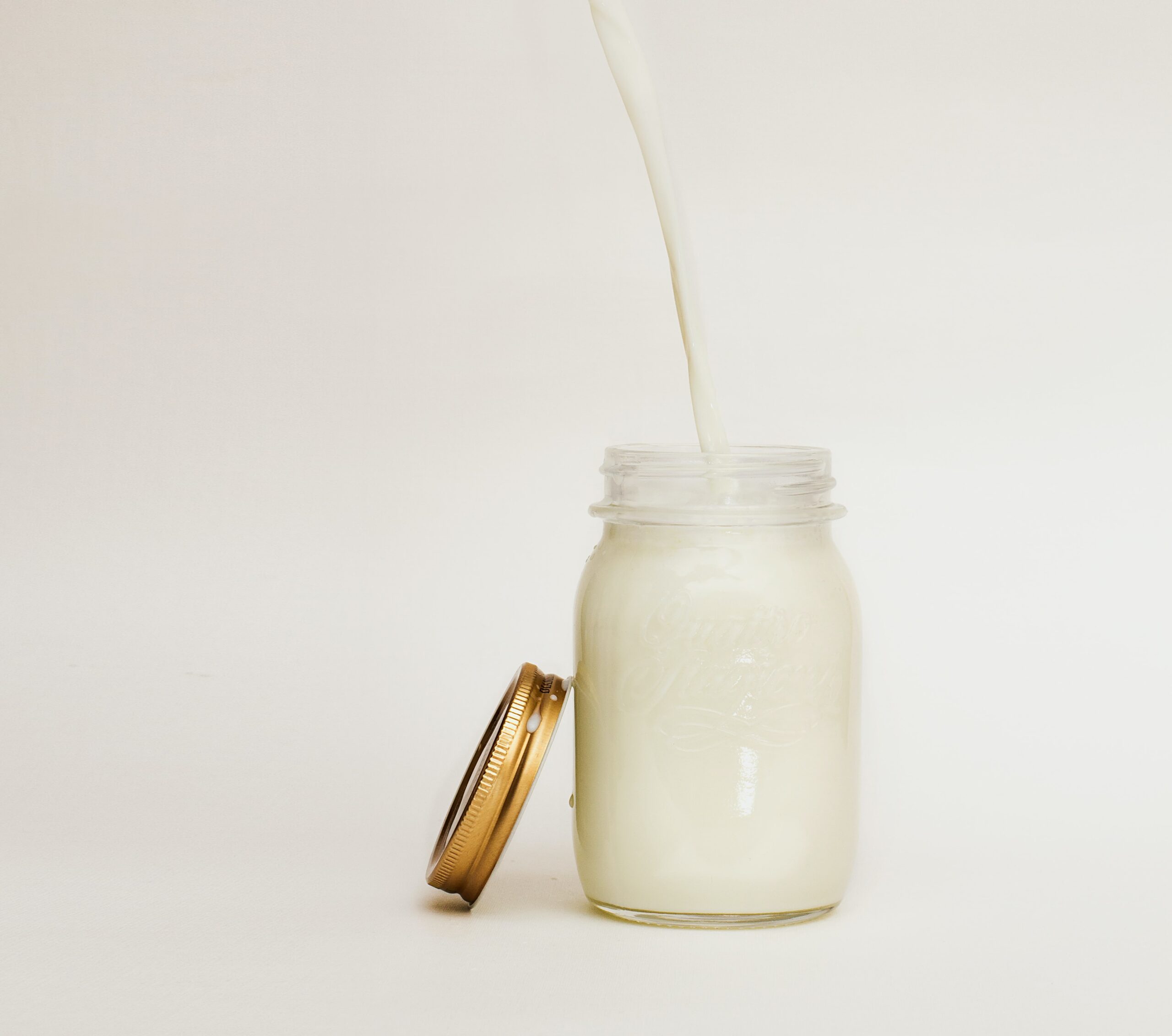I’m going to tell it to you straight. Pumping enough to keep your child in milk all day isn’t easy.
In fact, pumping kind of sucks. (I swear that pun was not intended, but now that it’s there, I’m keeping it). At best, it’s not super comfortable. It interrupts your day…all day. It requires so many more dishes. I could go on.
And pumping is not for everybody. If you try it and decide it’s too much, or if you just decide from the get-go that it’s not right for you, that’s Ok! The important thing is that your baby is fed.
But if you are thinking about giving pumping a go (especially if you are considering it in the context of going back to work), I’ve got you covered with this list of best practices to make pumping just a bit easier to fit into your life.
- Get a second pump for work. Trust me, if you can afford to have two pumps, it’s worth it. You’re going to have to carry enough to and from work each day, without adding the weight of a pump to the mix. Plus, on the off chance one of your pumps suddenly quits on you, you won’t be in dire straights.
- Wear a pumping/nursing bra every day. I know this is another expense that not everyone can afford, but if you can, do it. You could buy 5 and have one for every day of the work week, or you could buy 2-3 and rotate. Think about it. If you’re pumping 2-3 times a day at work alone (the average number for parents returning to work), do you really want to have to change into a pumping bra 2-3 times? That’s wasted time, and you have enough to pack into your pump breaks. Not to mention, not every pumping space is secure, as my friend who was walked in on, mid-bra-change well remembers. Plus, if you get the kind that works for nursing or pumping, it will be super useful throughout your nursing journey.
- Don’t worry about nursing-specific clothes for work every day, but do consider that pants and shirts are your friends right now. Dresses, not so much (unless they are button-down in the front or pump-specific). Pants and shirts are great (specifically in combination with your pumping bra that you already have on) because you can just lift up your shirt and attach the flanges, without extensive wardrobe changes. See point #2 above, but if you’re doing this multiple times a day, you don’t want to add unnecessary steps. Yes, if you’re lifting the front of your shirt, your stomach might be cold, which brings me to the next point…
- Keep a warm shawl in your pump bag, and/or talk your employer into a space heater. While employers are legally required to provide space for you to pump, the space you actually get might vary dramatically in quality. When I was pumping, I was given access to an unheated catholic church storage space (don’t ask). Not only was it freezing in there (not the ideal temperature when you’re partially uncovered), but the nuns would periodically forget I was allowed in there and try to force their way into the room. While I did eventually get a heater, strategic shawl draping helped me maintain my privacy when the nuns succeeded in breaking down the door. Hopefully, your space won’t be nearly so dramatic, but you will probably still appreciate the snuggliness of a warm shawl.
- Don’t wash your pump parts in between pumping sessions at work. You are already wondering how to make time for pumping, and then you realized you have to factor in time for washing everything too. There’s also the fact that you only have one communal sink in the kitchen, and you don’t really want your flanges drying in the communal dish drier. I have good news for you. Many moms skip the washing-after-every-pump process (just while at work), with great results. If you go this route, there are some caveats in order to keep everything food-safe for your baby. The main caveat is that you have to refrigerate everything and refrigerate it well. All pieces that come in contact with milk need to be refrigerated and are ideally rinsed first. Obviously, washing in between is the gold standard, but if that doesn’t seem feasible while at work, pop those pump parts in the fridge, and give them a thorough wash when you get home.
But won’t my co-workers notice all those pump parts in the fridge? That brings me to number 6….
- Get an opaque, waterproof bag for your pump parts. I used a Sarah Wells pumparoo bag, and it was one of my best purchases as a pumping parent. It allowed me to discreetly refrigerate my pump parts, and was super easy to care for (I’d wash the inside with my dishes every night and dry it inside out, then throw it in the wash over the weekend). Even if you’re lucky enough to have your own, dedicated mini fridge (see point 7), an opaque pump bag is better than a zip lock because it’s reusable and far more durable. Check them out here: https://sarahwellsbags.com/products/pumparoo-black-white
- Ask your job for a dedicated nursing mini-fridge. Seriously. The worst they can say is no. Even with inflation, you can still find a good mini fridge for $100 or less, which is usually doable for even the smallest employers. When they ask why, you can explain how large fridges often mean large temperature fluctuations (especially if all your colleagues are sharing one fridge and the door is constantly opening and closing), and that you need a stable temperature for the milk. Whether that fridge is yours alone for the duration of your pumping experience, or if you share it with other lactating parents, your milk will stay colder and more private.
Taken together, these tips will turn you into a pumping pro in no time.
Did I miss anything?







Leave a Reply